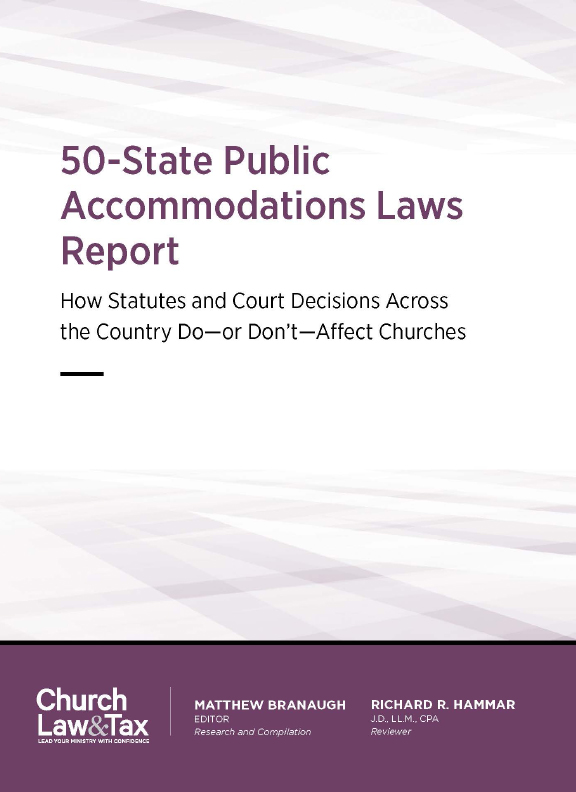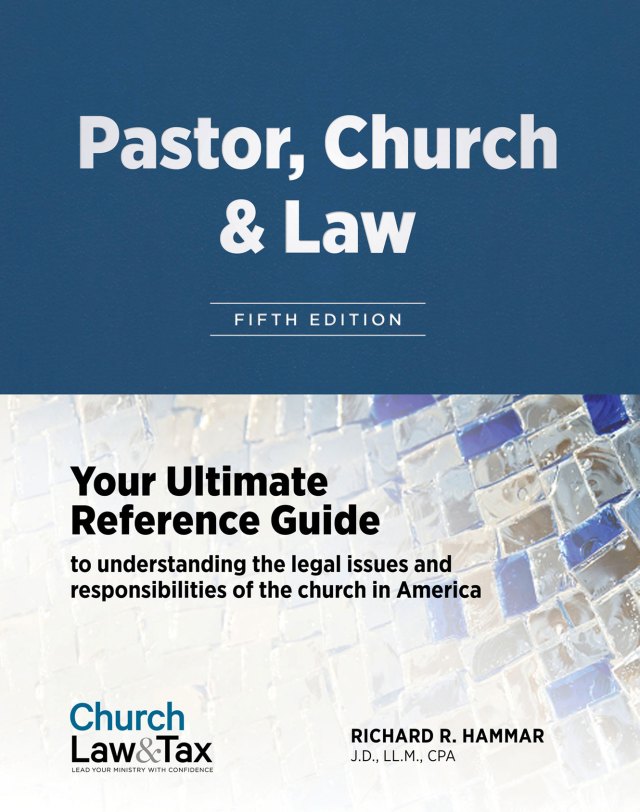A federal district court in New York ruled that a public school's display of a student's painting depicting a religious theme violated the first amendment's "nonestablishment of religion" clause.
The artwork consisted of a large mural painted in a corner of the school's auditorium by a student in 1965 as part of the school's plan to decorate the arena with original artwork of students. This program was discontinued shortly after this painting was completed. Only two other paintings are located in the auditorium—a picture of an audience, and one of George Washington.
The mural consisted of 21 human figures, including the crucified Christ, two other crucifixion victims, John the Baptist, Mary Magdalene, the Apostle Peter, Moses, and some gladiators and other unidentifiable figures. The mural also contained a depiction of the 10 Commandments. A family (the father was Baptist and the mother Jewish) sued the school, protesting what they felt was "an inappropriate display of a religious painting in a public high school."
The school defended the mural, claiming that the artist intended it to be a depiction of "man's inhumanity to man," rather than religious art. It also argued that "the presence of unidentifiable secular characters and the context in which the school displays the painting [i.e., a dark corner of the school auditorium] negate any message of government endorsement of Christianity and neutralize the effect of the Crucifixion."
The court rejected the school's claims, and concluded that the mural constituted an impermissible "establishment of religion." It noted that "despite the possible neutralizing effect of—or negation of endorsement by—the unidentifiable figures in the painting, this court remains wary of sectarian messages displayed in public schools as they transmit basic and fundamental values to our youth."
It quoted from an earlier decision of the United States Supreme Court: "To an impressionable student, even the mere appearance of secular involvement in religious activities might indicate that the state has placed its imprimatur on a particular religious creed. This symbolic inference is too dangerous to permit." The court also pointed out that in 1980 the Supreme Court outlawed the posting of the 10 Commandments in public school classrooms. The court concluded:
Taking into account the significant message behind the Crucifixion and the skeptical way in which the [Supreme] Court views sectarian messages in public schools, this court concludes as a matter of law that the painting has the primary effect of endorsing Christianity. First, the school displays the painting permanently and not part of any holiday setting. Further, the school's display contains no placards to explain the painting's meaning or the reason for being there. Moreover, this is not a case where the school displays the painting as part of a student art exhibit. Finally, the presence of the non-religious figures, rather than neutralizing the religious effect of the painting, blend into the scene of the Crucifixion and complete the picture as an average observer would perceive it to be …. The court concludes that the display of [the mural] in the auditorium violates the [nonestablishment of religion clause of the first amendment].
Joki v. Board of Education, 745 F. Supp. 823 (N.D.N.Y. 1990)



